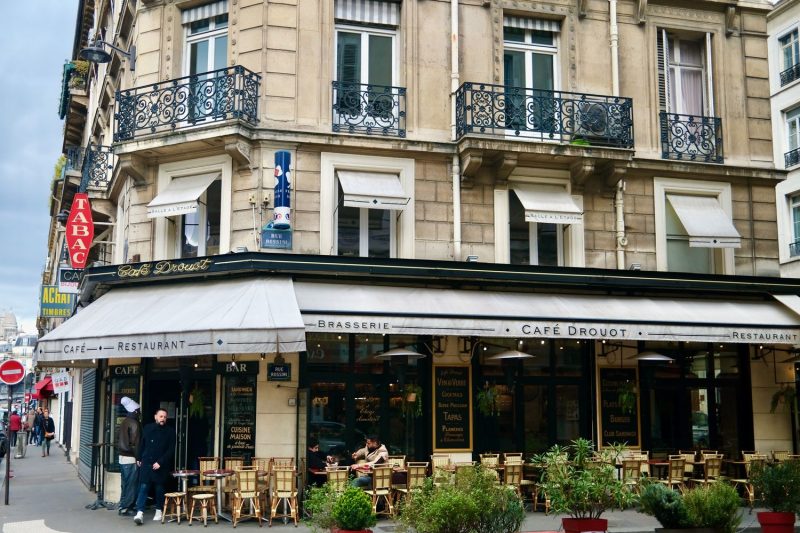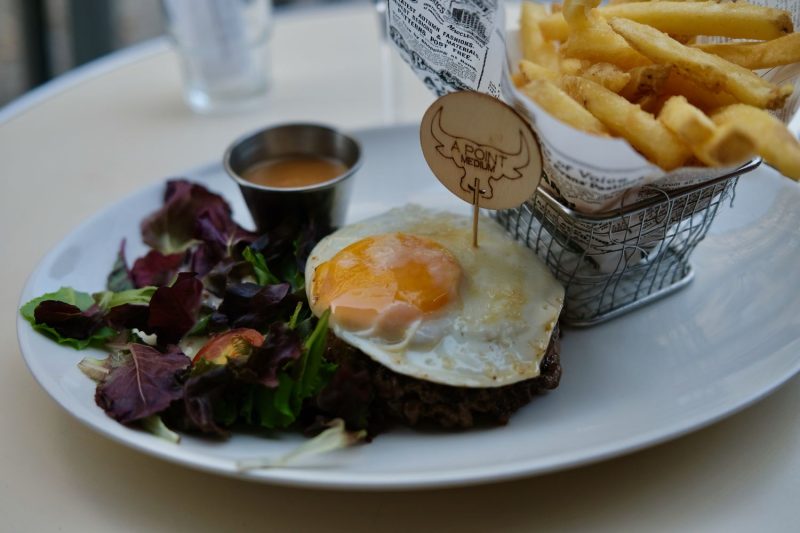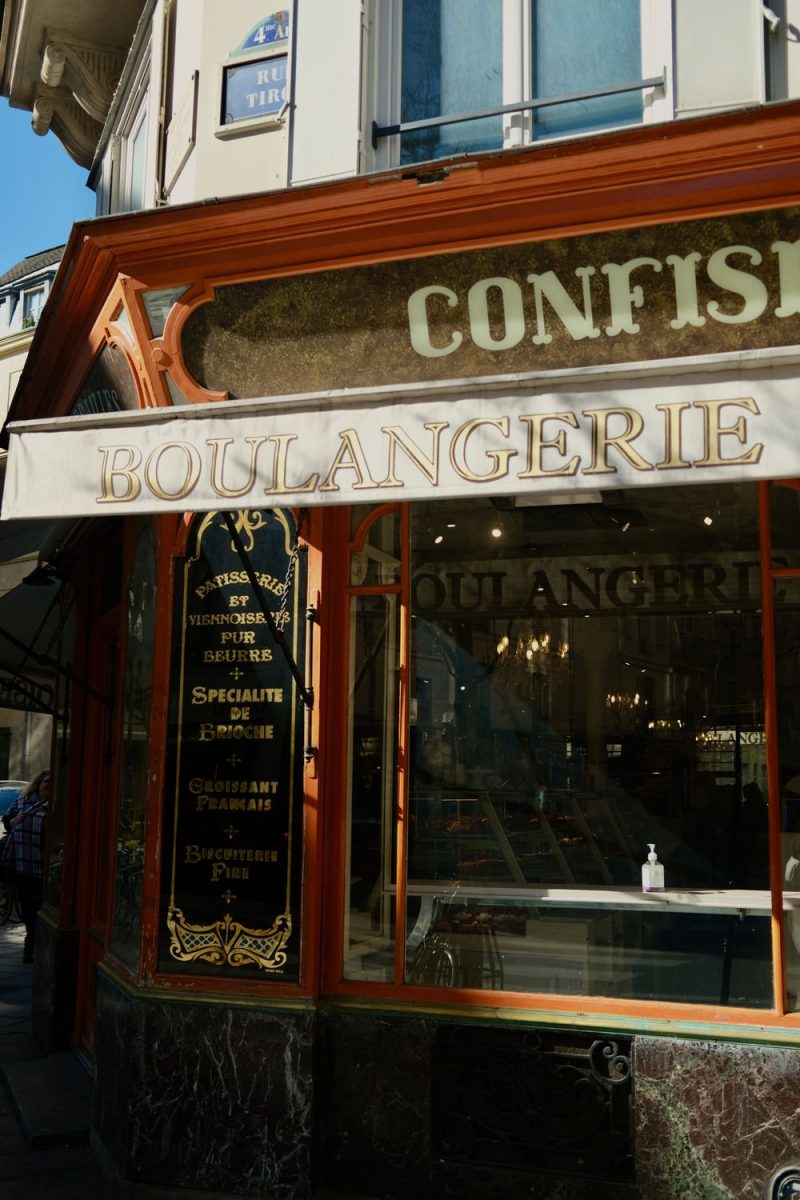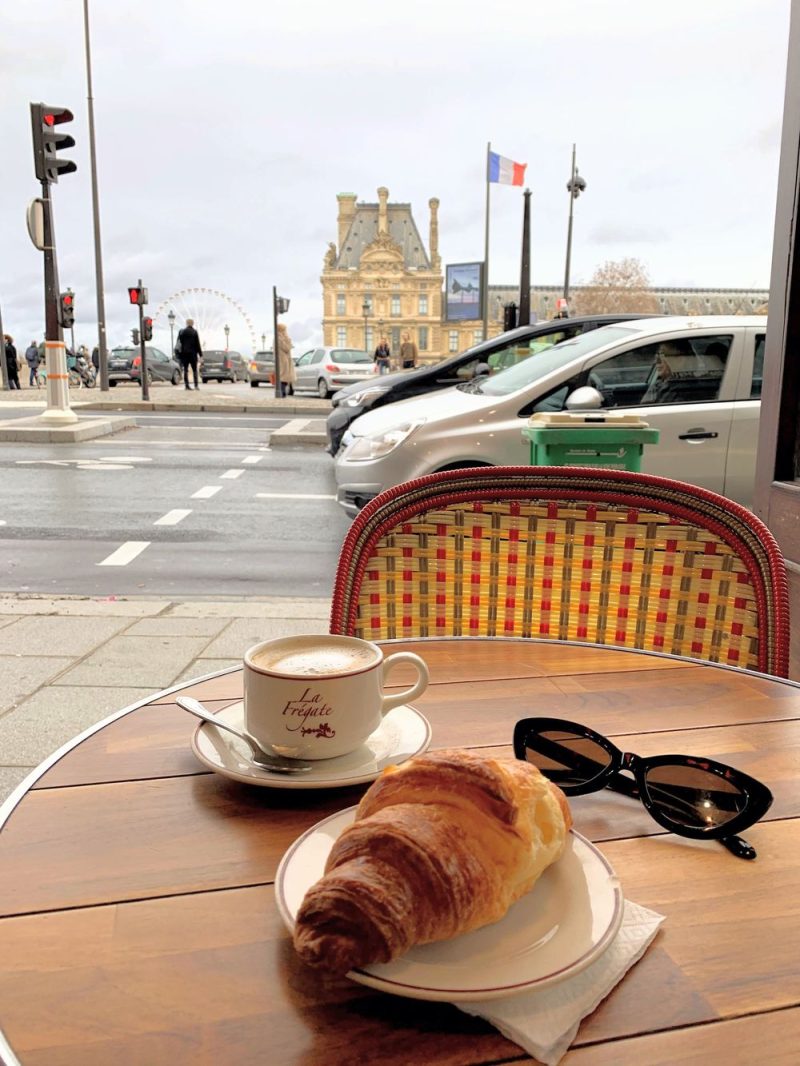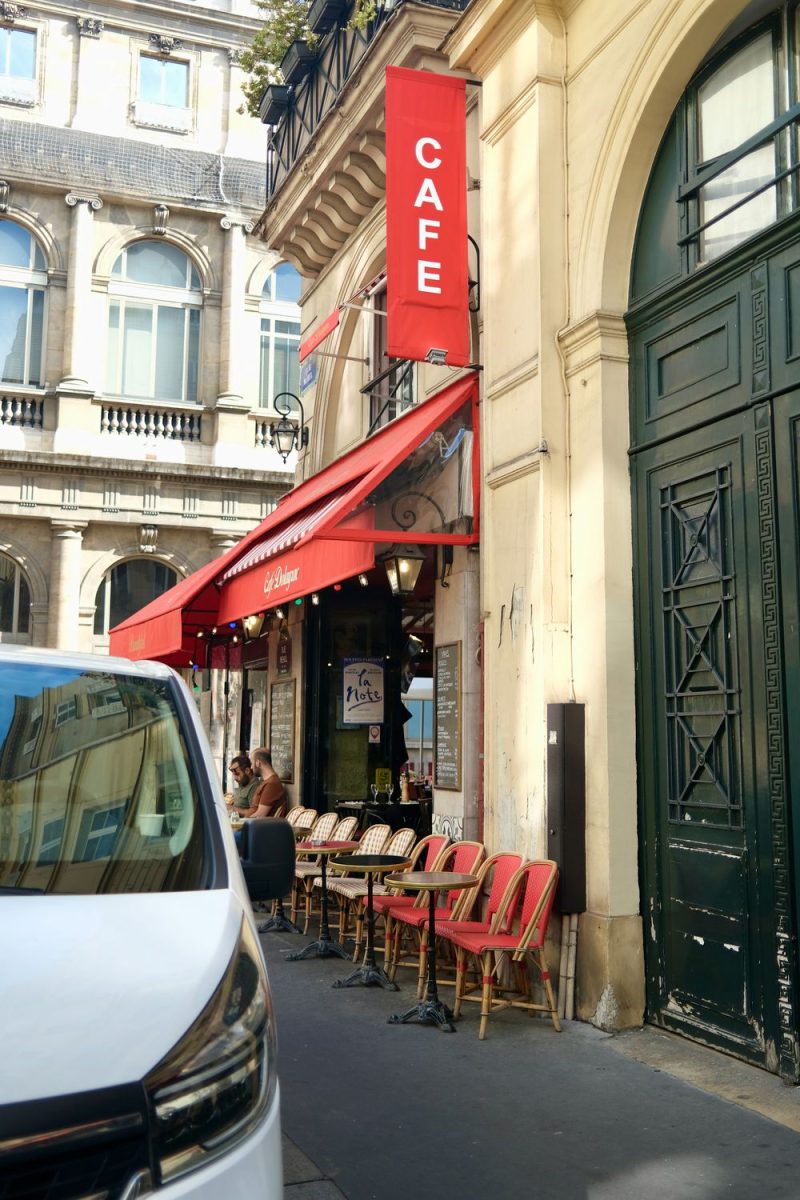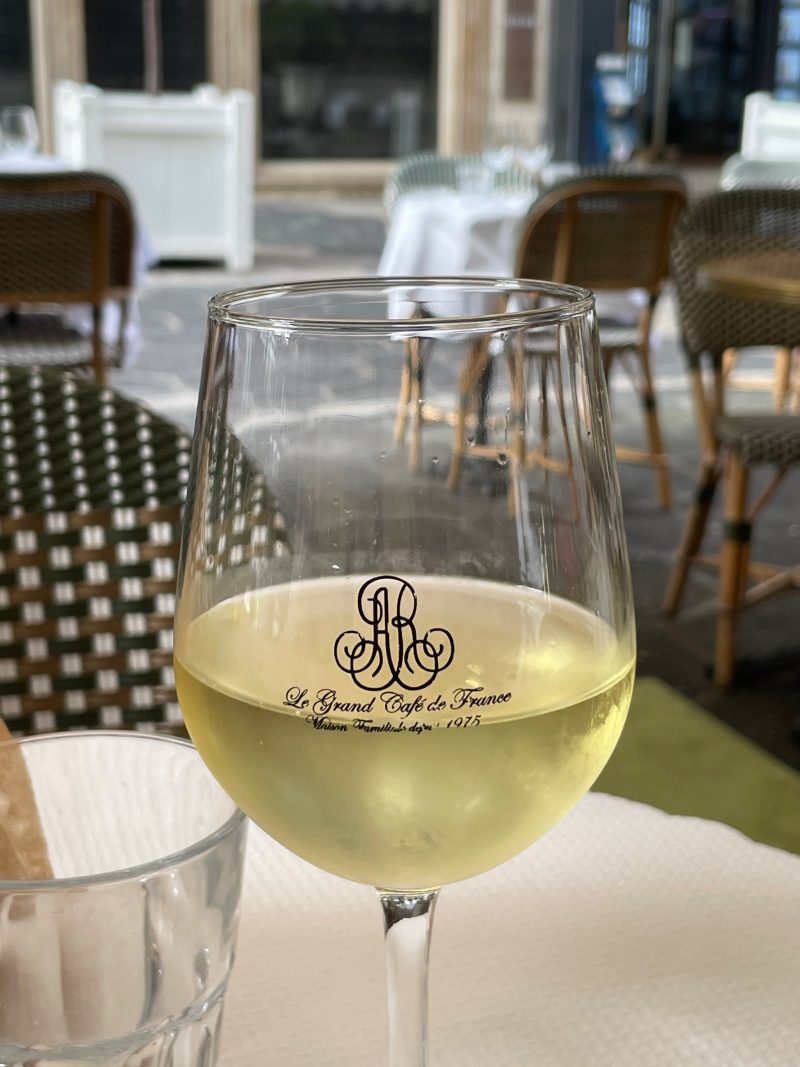McDonald’s in France: An American Classic Abroad
Culture Travel may earn a commission through links on this website. As an Amazon Associate, we earn from qualifying purchases.
Bonjour and welcome to a fresh, piping hot serving of international fast-food exploration! In today’s blog post, we’re diving headfirst into a distinctly American sensation in the heart of European gastronomy – McDonald’s in France, or as the locals would call it, ‘MacDo.’
Over the years, this icon of fast food has done more than just set up shop in the land known for its decadent cheese, rich wines, and exquisite patisseries. It has adapted, innovated, and – to some extent – adopted an enchanting ‘French’ touch that makes a French McDonald’s experience tantalizingly unique.
From the romantic streets of Paris to the sun-kissed landscapes of Provence, France, an epicurean paradise, boasts of more than 1,400 golden arches, making it McDonald’s most profitable market outside the United States.
But how has this emblem of American fast food culture managed to seduce the discerning French palate? How has it survived and thrived amidst France’s revered culinary scene that has captivated the world’s imagination for centuries?
Get ready for a gastronomic journey as we unravel the enigma of McDonald’s success in France, explore its surprisingly sophisticated menu adaptations, understand the impact it’s had on French society, and more.
Whether you’re a fast-food aficionado or a curious foodie, join us as we embark on a voyage of taste and discovery, all under the radiant glow of those famous golden arches. Bon Appétit!
History of McDonald’s in France
McDonald’s made its debut in France in 1979, opening its first restaurant in Strasbourg, an eastern city in France. The expansion into France was initially met with a significant level of resistance due to cultural differences and a strong sense of pride in French culinary traditions. But the American fast-food giant was determined to find its place in the heart of French society.
To adapt to the French market, McDonald’s embraced certain changes. This involved localizing the menu to include French classics like the Croque McDo, P’tit Plaisir, and the iconic French fries served with mayonnaise.
The company also started sourcing most of its ingredients from local suppliers. For instance, by 2023, McDonald’s sources 99% of its beef, 100% of its flour and dairy products, and 80% of its vegetables from France.
A crucial turning point in McDonald’s history in France was the appointment of Denis Hennequin as CEO of McDonald’s France in 1996. Hennequin’s vision for the brand in France went beyond just incorporating local flavors. He understood that to appeal to the French market, McDonald’s had to offer more than just quick service. He revamped McDonald’s restaurants to provide a more relaxing and enjoyable dining experience that aligned with French dining habits, including introducing McCafé, which offered a selection of pastries, macaroons, and coffees.
In 2004, McDonald’s started revamping their interiors to create a more contemporary and inviting atmosphere. This move aimed to distance the company from the ‘fast food’ image and shift towards a ‘fast casual’ dining experience.
Despite the initial backlash and ongoing criticism from certain sectors, McDonald’s has managed to win over a significant portion of the French population. By 2023, France had become the second most profitable market for McDonald’s after the United States.
In essence, the history of McDonald’s in France has been a story of adaptation, localization, and integration into the French way of life. This strategy has enabled the fast-food giant to gain acceptance and ultimately thrive in a country renowned for its rich culinary tradition.
What Mcdonald’s in France is Like
French people call McDonald’s “McDo” and it’s pronounced Mac-DOUGH.
Is Mcdonald’s in Paris fancy? While it may not be “fancy” in the sense of fine dining, McDonald’s in Paris certainly offers a more upscale experience than the average fast-food joint, successfully blending the efficiency and familiarity of the McDonald’s brand with a touch of French sophistication and style.
In Paris, many McDonald’s restaurants feature modern, chic interior designs with comfortable seating, mood lighting, and often, beautiful artwork. Some locations even provide touchscreen kiosks for ordering, free Wi-Fi, and outlets for charging devices.
The McDonald’s on the Champs-Élysées, one of the busiest shopping streets in the world, is particularly noteworthy. This restaurant boasts a strikingly modern design, with floor-to-ceiling glass windows offering views of the bustling street outside.
The McCafé experience in Paris is also somewhat fancy compared to what you might expect from a typical fast-food restaurant. You can order a combination of high-quality pastries, including croissants, pain au chocolat, macarons, and even petits fours, all displayed in a glass case much like you would see in a traditional French patisserie.
The McDonald’s experience in Paris, and in many parts of France, can be quite different from what you typically find in the United States or other countries. The company has put significant effort into ensuring its restaurants fit into the French dining culture, which places a great deal of value on the quality of the dining environment and the overall eating experience.
McDonald’s Popularity in France
How popular is McDonald’s in France? McDonald’s was exceptionally popular in France. In fact, France was McDonald’s most profitable market beyond the United States. There are over 1,400 McDonald’s restaurants in France, demonstrating its popularity and acceptance among the French population.
McDonald’s France Menu
McDonald’s France has significantly localized its menu to adapt to French tastes and preferences, creating a unique fusion of American fast food and French cuisine. While you can still find classic McDonald’s items like the Big Mac, the French menu also includes several unique offerings:
Le Croque McDo: Inspired by the traditional French croque-monsieur, this sandwich features two slices of Emmental cheese and a slice of ham between two pieces of toasted bread.
Le P’tit Plaisir: These smaller, snack-size sandwiches come in an assortment of flavors, including cheese, chicken, and beef.
McBaguette: An ode to the ubiquitous French bread, the McBaguette features a hodgepodge of fillings, such as charolais beef or chicken, nestled in a crispy, fresh-baked baguette.
CBO (Chicken, Bacon, Onion): While this may sound like a fairly typical fast-food sandwich, the French version features a sauce made from three types of cheese: Emmental, mozzarella, and cheddar.
Camembert Cheese Nuggets: A more gourmet take on the standard cheese nugget, these feature creamy Camembert cheese—a staple in French cuisine.
Signature Collection: Created by chefs with Michelin-star backgrounds, the Signature Collection features gourmet burgers with ingredients like blue cheese, grilled onions, and specialty sauces.
McCafé offerings: McDonald’s in France offers a range of pastries and high-quality coffees, including macarons, pain au chocolat, croissants, and a variety of lattes, espressos, and cappuccinos.
Desserts: Apart from the usual soft serve and pies, McDonald’s France also offers unique desserts like the Deluxe Pot Sundae with flavors like Speculoos (a spiced shortcrust biscuit flavor) and the very French Tiramisu aux Speculoos.
The Famous Quarter Pounder
What is a McDonald’s Quarter Pounder called in France? In France, the McDonald’s Quarter Pounder is known as the “Royal Cheese.”
This name was popularized by the film “Pulp Fiction,” in which the character Vincent Vega, played by John Travolta, explains that due to the metric system, what’s called a Quarter Pounder in the U.S. is called a “Royal Cheese” in France.
The “Royal Cheese” has slightly different toppings from the American Quarter Pounder. While the U.S. version traditionally comes with pickles, onions, ketchup, and mustard, the French version typically includes cheese, lettuce, tomato, and mayonnaise.

